I Don’t Know If You’ve Read This Yet, But
In the life of a schoolonce the tear for another summer gone by has been shedSeptember is about restoring routine both in the classroom and at home. We rediscover old friends and make new ones, and the familiar context of school highlights the growth that has taken place since June. For teachers, administrators, and parents, there is an additional trend to September that seems impossible to ignorecurrently trending articles on what students need.
They arrive like clockwork across any number of social media feeds: “What Your Child Isn’t Learning, But Should Be,” “Reasons Today’s Kids Are More Bored at Home and at School Than Ever Before,” or “What’s the Single Most Important Factor in a Student’s Learning?” The annual avalanche of articles and communications prompt us to engage in our child’s learning experience, to stay abreast of the latest in educational research, or to see where we may have taken our eye off the ball of our child’s educational growth and how to recover. Some of them are spot-on and cite long-held and widely agreed upon research as their basis, others present as clickbait, tapping into our deepest fears of the miseducation of our children. What strikes me most is the sheer volume of advice; the noise created can easily drown out even the clearest messages about what matters most for our children. It is harder and harder for meaningful and positively challenging articles to rise above the din. As educators and parents we are eager for the articles that challenge the tenets of our understanding in respectful and demanding ways.
When I was inundated this week with emails entitled, “I Don’t Know If You’ve Read This Yet, But ,” I will concede that my guard was up. Wary, but undaunted, I read on, and discovered a remarkable letter from the head of Trinity School.
For those that haven’t read John Allman’s letter, I have included a link to it here. As head of Trinity School, a K-12 independent school on the Upper West Side of Manhattan, the letter was sent to the Trinity community before the start of school. Alongside his post-summer greeting, complete with details about his personal ice cream-making journey, John powerfully challenged the community on the disconnections that have manifested: disconnection among the school’s divisions; disconnection between those who experience the privilege of an independent school education and those who do not; a disconnection from each other in an increasingly self-absorbed society; and a broader, more pervasive disconnection happening on the national and global stage that grows more and more polarized with each passing day. He offers the distinction between a contract and a covenantpreferring the latter for its offer of partnership between family and school rather than the transactional aspect of the former which suggests that the school is singularly in service to the “customer.” He closes the letter with suggestions about the many things the Trinity School community could build together as they complete a construction project on their campus.
The letter has drawn criticism and praise since The New York Times published it; evidence, perhaps, that Allman struck an important nerve in a dialogue about the intent and impact of education for our children and for our communities. Allman’s message reminded me that at Belmont Day we workintentionally and purposefullyfrom a place of community-building and relationships. It had me looking into our own crystal ball as we anticipate welcoming more students to our middle school division, hiring more teachers to deliver excellence for the whole child, and building the Barn with the preservation of the essence of our community and caring in mind. The forces at play in Allman’s letter are not exclusive to the Trinity School or New York City. They are an insidious part of the national culture and influencing children at younger and younger ages every day, including some of our own here at BDS.
Meeting the challenge of disconnection requires identifying core values as a community and integrating them with dedication, adaptability, and flexibility even as the ground beneath us shifts.
I have the utmost confidence that our community can meet that challenge. Along with offering and delivering excellence in the classroom, the strength of our core values and our community is not to be underestimated. This is not to suggest that I am naive enough to think that the challenges recognized in Allman’s letter have not made their way up Day School Lane, it is simply to say this: In today’s disconnected world, the need for community has never been greater, and I have never felt more confident in our school’s ability to meet that need.
Have a great weekend, everyone. Enjoy the article.




